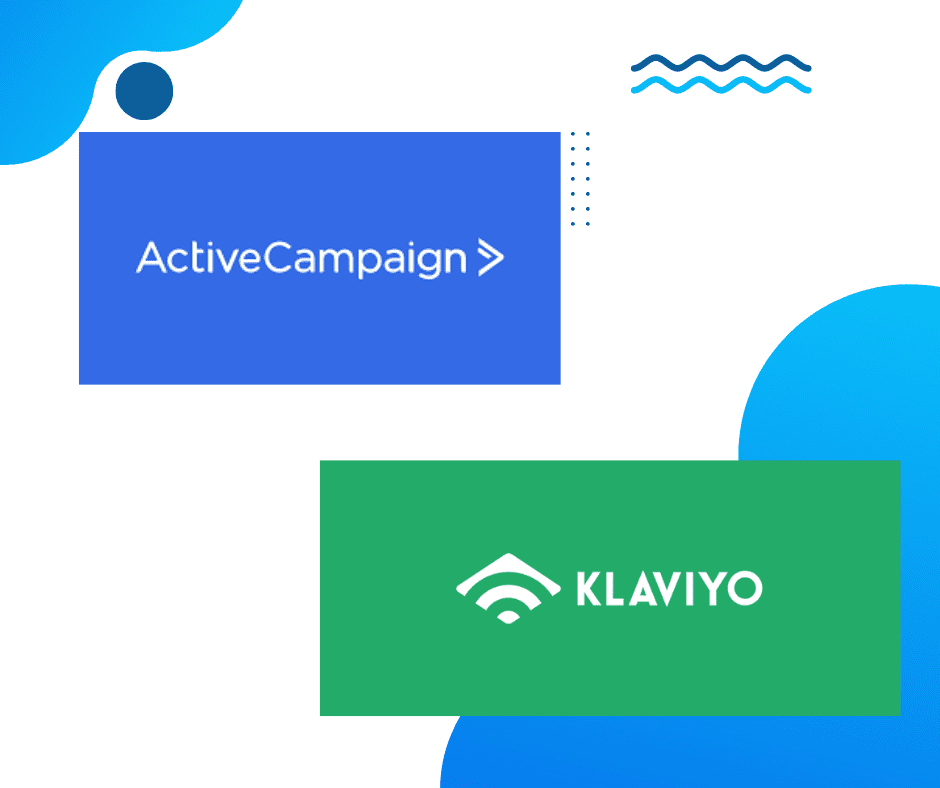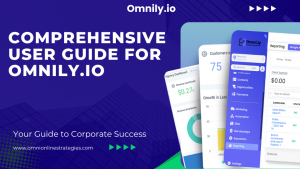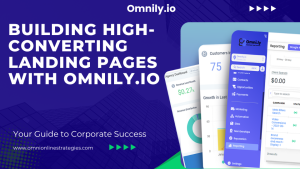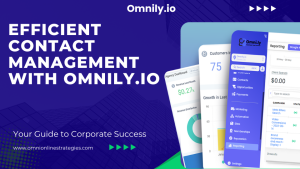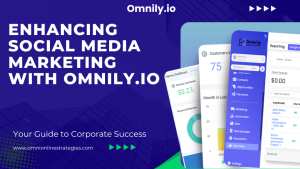Klaviyo and ActiveCampaign are both powerful email marketing platforms that offer a wide range of features to help businesses grow and engage their audience. While both platforms have their strengths and weaknesses, there are some key differences that businesses should consider when choosing between them.
Pricing
Klaviyo and ActiveCampaign both offer different pricing models that businesses should consider when choosing between the two platforms.
Klaviyo charges customers based on the number of contacts they have. The pricing starts at $20 per month for up to 500 contacts and goes up to $995 per month for up to 2 million contacts. Additional contacts can be added for an additional cost.
ActiveCampaign, on the other hand, charges based on the number of users and features they need. The pricing starts at $9 per month for the Lite plan, which includes basic email marketing, automation, and CRM features. The Plus plan, which includes more advanced features such as sales automation, starts at $49 per month. The Professional plan, which includes even more advanced features such as predictive sending, starts at $129 per month. And the Enterprise plan, which includes all features and dedicated support, is available on request.
In terms of pricing, businesses with large contact lists may find Klaviyo to be more expensive, while those with fewer contacts may find ActiveCampaign to be more affordable. However, businesses should also consider the features and capabilities they need and compare the pricing of the corresponding plan of each platform before making a decision.
In summary, Klaviyo’s pricing model is based on the number of contacts, while ActiveCampaign’s pricing model is based on the number of users and features needed. Businesses with large contact lists may find Klaviyo to be more expensive, while those with fewer contacts may find ActiveCampaign to be more affordable. However, businesses should also consider the features and capabilities they need and compare the pricing of the corresponding plan of each platform before making a decision.
Automation Capabilities
Klaviyo and ActiveCampaign both offer automation features to help businesses create targeted and personalized email campaigns. However, there are some key differences in their approach to automation.
Klaviyo is known for its advanced automation capabilities, which allow businesses to create highly targeted and personalized email campaigns based on customer behavior and data. For example, businesses can use Klaviyo’s automation features to create customized email campaigns for different segments of their audience, such as first-time buyers or repeat customers. Businesses can also use Klaviyo’s automation features to trigger emails based on specific events, such as an abandoned cart or a purchase. Furthermore, Klaviyo’s automation feature include a drag-and-drop editor that makes it easy for businesses to create and manage complex automation workflows.
ActiveCampaign, on the other hand, is more focused on providing a wide range of automation options, but with less granular targeting options. For example, businesses can use ActiveCampaign’s automation features to create automated sequences of emails based on specific triggers, such as a form submission or a purchase. However, it doesn’t have as many options as Klaviyo in terms of customizing the automation based on customer data or behavior. ActiveCampaign also offers a drag-and-drop editor to create automation workflows but the complexity of the workflows might not be as extensive as Klaviyo’s.
In terms of capacity, both Klaviyo and ActiveCampaign offer a good number of automation workflows and triggers, but Klaviyo might offer more advanced automation options for businesses with large and complex email campaigns.
Overall, Klaviyo is a great option for businesses that need advanced automation and targeting capabilities, while ActiveCampaign is a better choice for businesses that need a wide range of automation options but with less granular targeting options.
Template Designs on Klaviyo
Template designs Activecampaign


